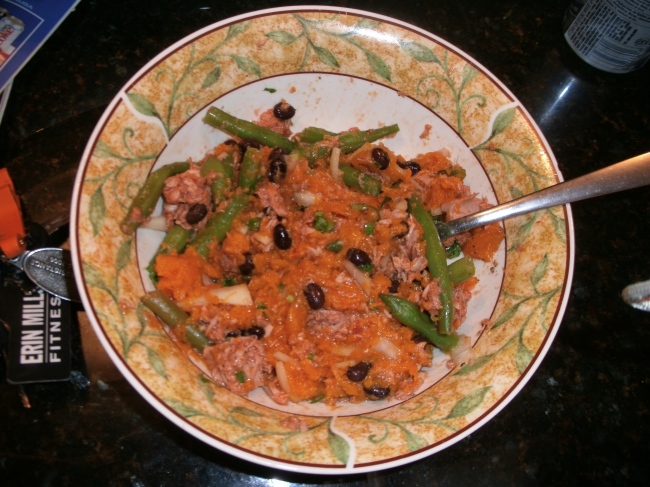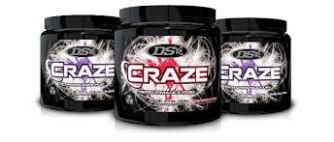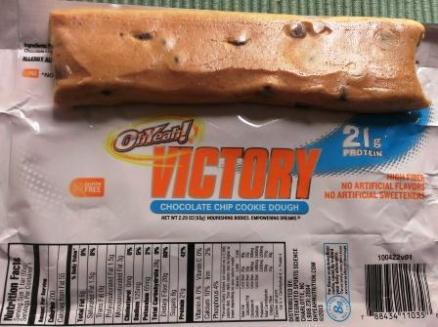So it’s Saturday morning and your cabinets and fridge are looking emptier than the calories in a can of Coca-Cola. It’s time to restock those drawers with your fairest needs and get on that weekly grocery shop. You’re wheeling along, grabbing your essentials and stables, when you come across the snack aisle featuring the granola bars and such. Presented with a wide selection of the lunch box disciples, were contemplating which box of teasing delights will be recruited to the weekly stock. With the conscious of a healthy lifestyle being highly advertised now and days, we may feel more persisted to base our decision on more nutritionally acceptable terms; twisting and turning each box to find the nutritional label to help settle the predicament. Now it’s safe to assume that a fair share of the population isn’t fully knowledgeable when it comes to nutrition. Okay yes, we know the basics like avoiding high fats, high saturated fats, and products high in sugar. Aim for ones with fiber! And products higher in protein! It’s become marketed so well that we become more insightful towards our nutrition and educate ourselves on how to make more informed choices. Not to mention, product advertisement has even made our choices easier by displaying nutritional info right on the front of the package. Big, colourful words! Only 100 Calories per serving!? How could I go wrong? It’s the perfect weight management assistant! It’s persuasive enough to dismiss a second thought, and just like that you’ve bought into the fallacy. Notice how a lot of products are advertised as 100 calories per serving now and days. The health craze has picked up momentum, and everyone is trying to get a piece of it.
It’s easy for these calorically kerbed products to be highly favoured to people with “healthy” means. There is obviously no miraculous properties contained within the product that will stimulate weight-loss, they simply can just be more strikingly appealing to an audience with those intentions. Through devoted marketing and plastering an illusion, that the product is correlated to a healthy lifestyle, when in reality these low calorie snacks and bars are not superior to products that are portrayed as noncompliant to being healthy. Allow me to provide an example, let’s compare two common products almost any grocery store would retail. Special k has worked up a huge image that they convey healthy cereals and bars that can contribute to successful weight management, not to mention they actually refer to themselves as a dietary program, I.e. the Special K Diet. Special K is perfect to participate as our “Healthy” candidate, and to me more particular we’ll use their Fruit Crisps bars; you know the ones that kind of resemble Pop-tarts. Hey Pop-tarts! Those can very easily be perceived as a dietary grenade. We’ll use Pop-tarts as our “unhealthy” opponent for this nutritional comparison. We’ll compare the two items in their Blueberry flavour, not only for equitable reasons but because were also trying to be healthy too. Now let’s view each of their Nutrition facts.
Special K Fruit Crisps; per 2 Crisps (25g) there is 100 calories, 2g fat, 20g carbohydrates (0g fiber, 7g sugar), and 1g protein.
Pop-tarts (Blueberry); per pastry (50g) there is 200 calories, 5g fat, 36 carbohydrates (1g fiber, 18g sugar), and 2g protein.
If you compare the two products based on their serving sizes, they are almost identical. With a couple minor differences, none of which are really significant. This is typical to find with many other products distributed to the public that bore a “Healthy” imagery. Rather than spending more money on an item that seems like a more suitable choice, you could have similar nutritional acquirements from eating half of the pop-tart. Whether you’re on board with the swindle I’m bringing you all to terms with, I think we can all agree that it seems absurd to eat only half a pop-tart. I’d give credit to anyone with that kind of will-power, and that’s where the products differ. The Special K Crisps do provide fulfillment and pleasure to our sinister that doesn’t leave us tempted with unfinished morsels that will spoil our nutritional terms. I just want to shed a light on the matter that we can be so quick to assume that one product is “Healthier” than another. The bottom line is that anything is manageable into a person’s diet whatever their goals may be; and this supports my cerebral conditions of how Flexible Dieting is successful, and reduces that mindset that foods are either labelled “bad” or “good”.
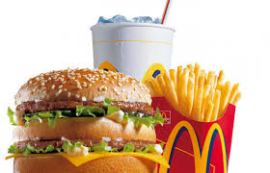
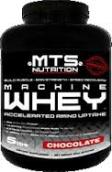
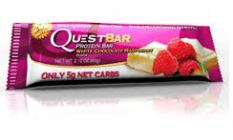
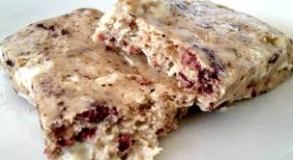
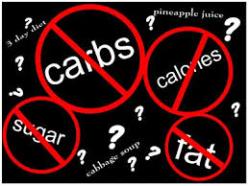 manufacturing. We also have Vegans/vegetarians preaching their directory as the path that’ll provide superb biological health benefits. It’s interesting to observe many designed diets deliver their own promises of health through variant and unique principles; the use of super foods, whole foods, no foods, natural foods, subsidiary sources, etc… but what do we consider “Health” to be? What does healthy imply? Is it distinguished by how we physically look, or the functionality of our physiological nature? Considering that the formula for weight-loss can simply be boiled down to as a calorie-in vs. calories-out concept, could an obese individual be healthy by achieving an appropriate BMI index through a reduced calorie diet consisting of McDonalds and Ice-cream? Perhaps if we were to identify their weight-loss as the “Healthy” exploit; but there’s more to it than just physical structure isn’t there? Our sources of derivable output are important too. The Paleo Diet has shown positive recordings for enthusiasts of its protocol, improving their Blood Pressure, Lipid profile (TG, HDL, and LDL), Insulin sensitivity, etc… but potentially, a person possessing those stats could still be overweight. Dr. Haub was the scientist who experimented with the Twinkie diet, only eating packaged based snacks you’d find at any given corner store, while still eating in a calorie deficit. He lost 27 lbs and improved his lipid levels simultaneously by the end of the experiment. “When you lose weight, regardless of how you’re doing it — even if it’s with packaged foods, generally you will see these markers improve when weight loss has improved”, a quote from a member of the American Dietetic Association.
manufacturing. We also have Vegans/vegetarians preaching their directory as the path that’ll provide superb biological health benefits. It’s interesting to observe many designed diets deliver their own promises of health through variant and unique principles; the use of super foods, whole foods, no foods, natural foods, subsidiary sources, etc… but what do we consider “Health” to be? What does healthy imply? Is it distinguished by how we physically look, or the functionality of our physiological nature? Considering that the formula for weight-loss can simply be boiled down to as a calorie-in vs. calories-out concept, could an obese individual be healthy by achieving an appropriate BMI index through a reduced calorie diet consisting of McDonalds and Ice-cream? Perhaps if we were to identify their weight-loss as the “Healthy” exploit; but there’s more to it than just physical structure isn’t there? Our sources of derivable output are important too. The Paleo Diet has shown positive recordings for enthusiasts of its protocol, improving their Blood Pressure, Lipid profile (TG, HDL, and LDL), Insulin sensitivity, etc… but potentially, a person possessing those stats could still be overweight. Dr. Haub was the scientist who experimented with the Twinkie diet, only eating packaged based snacks you’d find at any given corner store, while still eating in a calorie deficit. He lost 27 lbs and improved his lipid levels simultaneously by the end of the experiment. “When you lose weight, regardless of how you’re doing it — even if it’s with packaged foods, generally you will see these markers improve when weight loss has improved”, a quote from a member of the American Dietetic Association. 



